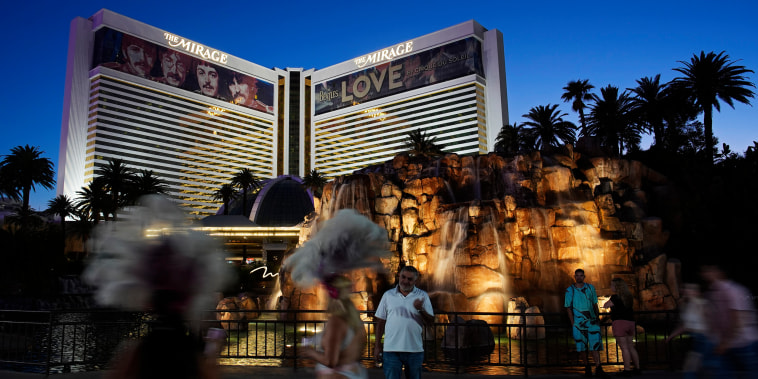The Mirage Casino, which Ushered in an Era of Las Vegas Strip Megaresorts in the 90s, is Closing
The Mirage Casino in Las Vegas holds a significant place in the history of the city’s casino industry. It was once known as a groundbreaking megaresort that set a new standard for Las Vegas establishments in the 1990s. The spark of innovation and grandeur that The Mirage brought to the Strip was a turning point for the city, elevating it to a new level of entertainment, luxury, and extravagance.
Opened in 1989 by visionary developer Steve Wynn, The Mirage quickly became an iconic landmark on the Las Vegas Strip. Its distinctive Polynesian theme, with a volcano erupting at the entrance, was a spectacle that captured the imagination of visitors and set the stage for the spectacular entertainment offerings that would define the megaresort era.
One of the key features that set The Mirage apart was its focus on entertainment beyond gambling. The resort introduced the concept of a diverse range of attractions and performances, including the famous Siegfried & Roy magic show featuring white tigers. This pioneering approach paved the way for other Las Vegas resorts to prioritize entertainment as a major draw for guests.
The Mirage was also renowned for its architectural innovation and luxurious amenities. The property featured a tropical oasis with lush gardens, waterfalls, and a dolphin habitat, providing a tranquil escape from the hustle and bustle of the Strip. The opulent guest rooms, gourmet dining options, and world-class shopping further enhanced the resort’s appeal to discerning visitors.
Beyond its physical attributes, The Mirage also made a lasting impact on the Las Vegas hospitality industry through its business model and marketing strategies. The resort’s success demonstrated the potential for megaresorts to attract a broad demographic of guests and generate substantial revenue from non-gaming sources such as dining, entertainment, and retail.
As The Mirage prepares to close its doors after more than three decades of operation, it marks the end of an era in Las Vegas history. While the city’s landscape has evolved with the rise of newer megaresorts and entertainment complexes, The Mirage will always hold a special place as a trailblazer that transformed the Las Vegas experience.
In conclusion, The Mirage Casino’s closure signifies the end of a chapter in the history of Las Vegas and the casino industry. Its influence and legacy will continue to resonate, reminding us of the transformative impact that visionary developments can have on shaping the future of entertainment and hospitality in vibrant destinations like Las Vegas.



